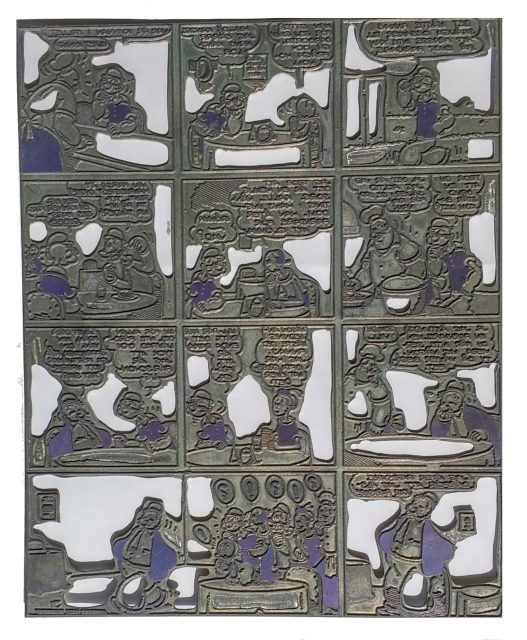Johannes Gutenberg was a German inventor who managed to put together multiple pieces of existing technologies in order to create something totally new. His invention was the printing press where he applied paper, ink, type and a human-operated press. He had invented a system that made it possible to copy books quickly and economically.
It happened more than 500 years ago, but considerable improvements to Gutenberg’s invention were made only when new types of printing mechanisms were invented in the 20th century. The introduction of computers and ebooks have revolutionized the business of printing once more. The possibility to use computers to create books with a global network to deliver them to readers across the world has once again made it possible to copy books more quickly and economically than ever before.
How did the original printing press work? Here is a video recorded at the Crandall Historical Printing Museum where an expert demonstrates how the Gutenberg-era printing press works:
The demonstration didn’t show what happened before ink was applied to the plate where the types were set. Wooden or metal types had been carved as mirror images of letters and numbers. Every letter on a page is represented by a type, and every type was set on a plate in reverse order.
For instance, take a look at the plate below that was carved for printing the Popeye cartoon onto a newspaper’s comics page. The plate is a mirror image of what appeared on the newspaper. The plate is made of iron, so someone had to carve the images and texts into the plate. Once the newspaper was printed, the unique plate that had required a lot of handwork could be thrown away.
That’s how we discovered the cartoon plate. Years ago, a printing house was handing out old printing plates to visitors at a book show. It was in Sweden – that’s why the text in the Popeye cartoon is Swedish (if you were wondering).

